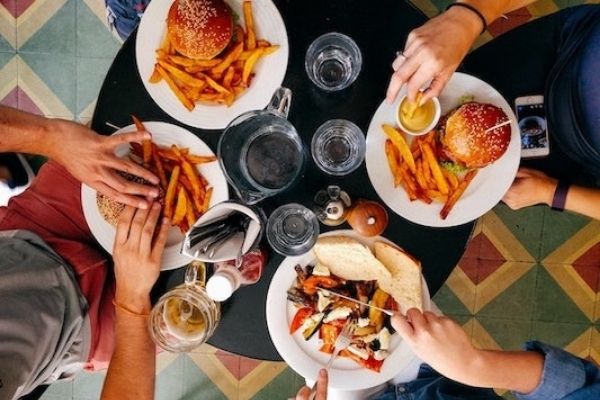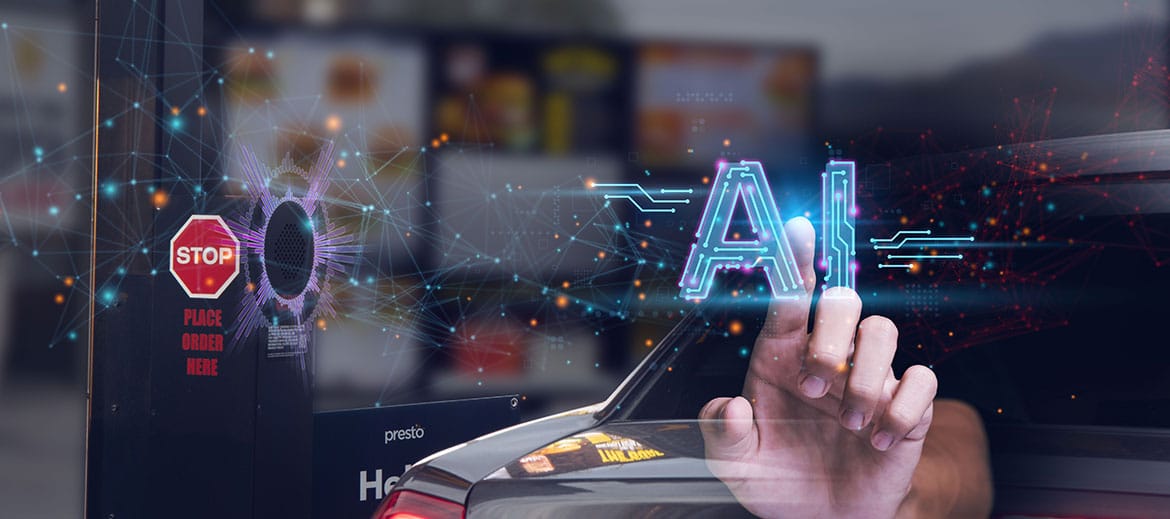Reopening Dining Options
| Patio Dining | Indoor Dining | Takeout | Delivery | |
| SF Bay Area | 6/12 – | 9/30 at 25% | Summer 2020 | Summer 2020 |
| NYC | 6/22-10/31 | 9/30 at 25% | May 2020 | May 2020 |
| D.C. Metro | 5/29 – | 6/22 at 50% | April/May 2020 | April/May 2020 |
| Dallas FW | April/May | 9/21 at 75% | March 2020 | March 2020 |
| Miami | 7/8 – | 9/25 at 100% | 7/8 – | 7/8 – |
| Chicago | 6/3 – | 10/1 at 40% | March | March |
When the pandemic shook the country in mid-March, the restaurant industry was one of the hardest hit. The progress made towards flattening the curve in major metro areas has a large impact on the local economy. To adequately prepare your business for the future, it’s important to understand the pace at which officials are easing up restrictions at the county level. This will provide insights into staffing, overall operations, and the potential need for innovative solutions. Depending on the maximum capacity level for indoor dining in your locale, you may need to consider alternative tactics for sustaining revenue.
San Francisco Bay Area
San Francisco has taken a steady approach to reopening the economy. When only outdoor seating was allowed, the city allowed restaurants without a patio to apply for parking lot or sidewalk accessibility. Dining establishments got creative to keep business going. For example, in August 40 Michelin-starred Bay Area restaurants offered takeout and delivery.
San Francisco has surpassed all other regions in California in terms of flattening the curve. City officials just moved from a red level (“substantial” risk) to orange (“moderate” risk). This means that starting on September 30, indoor dining can open at a maximum 25% capacity or 100 people, whichever is fewer.
New York City
In the early stages of the pandemic, New York City suffered more than any other in the U.S., and restaurants have been heavily impacted by ongoing restrictions. By mid-September, 87 streets in the city blocked off traffic to become outdoor dining destinations. As the situation improved, the city successfully flattened the curve and kept the infection rate below 1% for over a month. Because of this, Governor Cuomo is allowing indoor dining to open at 25% capacity starting September 30.
Takeout and delivery are extremely important for NYC during the pandemic, as so many businesses are in dire straits. Even some of the most exclusive NYC restaurants started offering delivery to stay competitive— places where customers could expect to wait a couple hours or several weeks for a table under normal circumstances. Needless to say, delivery is an asset for New York restaurants during the pandemic and will continue to be important until all restrictions are lifted.
D.C. Metro
Washington D.C. had a very strict lockdown before it began gradually reopening, and it is still only in Phase 2. The reason for this is the District wants to see a positivity rate below 5% for a week before progressing to Phase 3. Dining establishments in D.C. that initially opted out of takeout and delivery reintroduced those options in light of a three week extension on dine-in bans in mid-April. These continue to be important options for restaurants and customers alike.
In late June, the mayor announced that D.C. had flattened the curve but not eradicated the virus. As the capital continues to proceed with caution, for now patio dining is available and restaurants can operate at 50% occupancy indoors.
Dallas Fort Worth
With the number of new cases in Dallas County flattening in mid-spring, restaurants were allowed to reopen their dining rooms in limited capacity on May 1. A study by the Texas Restaurant Association conducted on May 26 revealed that just over 66% of restaurants had opened at 50% capacity. In mid-June, Phase 3 reopening began, with restaurants reopening at a higher 75%. All along, outdoor patio dining has remained permissible with no capacity limits, but still mandating no more than six people and six feet distance between tables.
Because of dine-in concerns and social distancing measures, Visit Fort Worth made a listing of 300 restaurants open for takeout and delivery, encouraging customers to support local businesses.
Miami
While New York was immediately impacted by the coronavirus, as time went on Florida became one of the hardest hit states in the country. In early July, Miami Mayor Francis Suarez announced that indoor dining must close but outdoor was permissible for groups no larger than four people. Hundreds of Miami restaurants stayed open throughout the summer, offering takeout and delivery options to supplement restrictions on in-house dining. Towards the end of July, the mayor confirmed that the city had begun to flatten the curve with a 19.2% positivity rate.
Despite the fact that cases, hospitalizations, and deaths saw no significant slowing or decline, Governor DeSantis lifted all restrictions on restaurants and other businesses on September 25th. Wearing a mask is no longer punishable by local fine and restaurants can now operate at full capacity.
Chicago
Chicago began to flatten the curve between mid-April and early May. Outdoor dining started back up on June 3, and Chicagoans were permitted to resume indoor dining on July 25 with 25% capacity and up to 50 people per room or floor. As in the other metro areas, takeout and delivery persisted throughout the course of stay-at-home orders.
Because the coronavirus-related statistics improved, Illinois will begin Phase 4 on October 1. This means that several businesses, restaurants included, will be allowed to up their maximum capacity to 40%. There will remain a cutoff of 50 people inside a room or space. Parties at restaurants and bars are limited to six people for both indoor and outdoor dining, and these establishments are expected to retain phone numbers and emails in the event that contract tracing is required.
How Do You Stay Above the Fray?
Most of the metro areas explored above have made progress towards flattening the curve and are increasing maximum capacity for indoor dining. Restaurants that are limited to outdoor seating will continue to attract business unless they face cold weather in the coming months or can only use their space temporarily. Many dining establishments are relying heavily on takeout and delivery, and should ensure these services are public knowledge to retain customers. These options will protect businesses in the event of reimposed restrictions.
Beyond thinking about the mediums of food service, restaurant operators should consider technologies that can offer support during this time. For restaurants that are closed to dine-in but offer curbside, we recommend server handheld devices to enable servers to view guest profiles, enter orders, take payments, and obtain real-time feedback. For businesses that are reopening indoor seating, a pay at table solution will increase check size and provide more guest insights. Contactless QR code technology can be deployed indoors or outdoors to speed up service and make customers feel safe. During uncertain times, these solutions will help your business optimize operations and enhance the guest experience.



